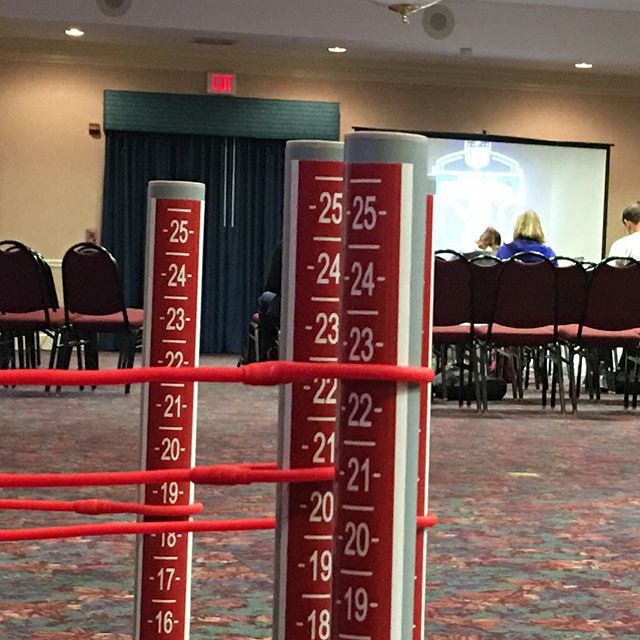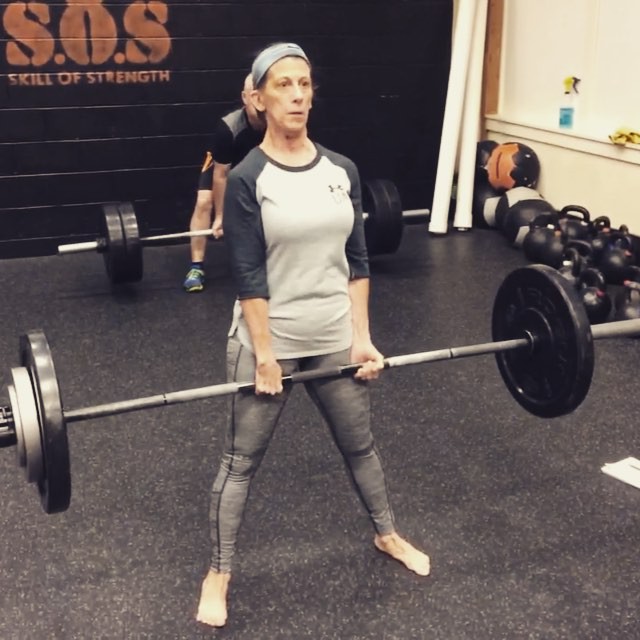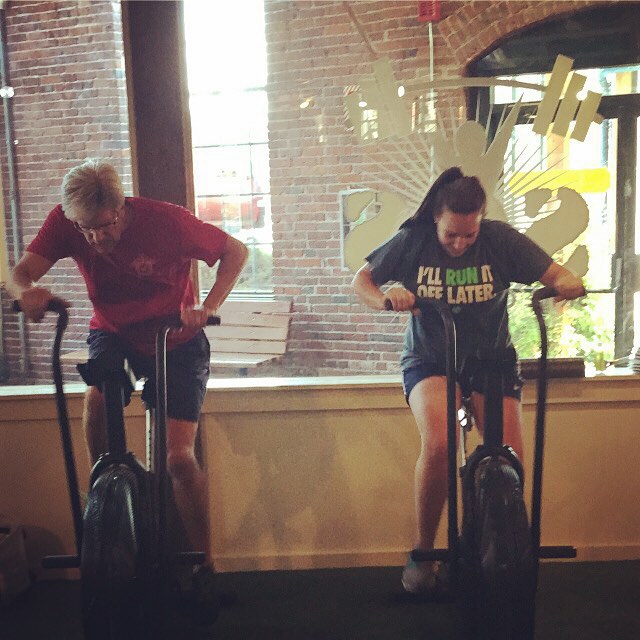…The functional training phase where everyone was balancing on a bosu ball.
…The crossfit boom.
…The increased popularity of powerlifting.
…and currently we seem to be in a phase where people are focused on movement-based training systems like Movnat, animal flow and original strength.
While each of these “systems” has a place in training programs, a combination of these is the answer for most people looking to move better, feel better,and perform better.
But exercise types aside, where do we start?
Start with getting a movement-based evaluation. I’m a huge fan of the Functional Movement Screen (FMS)…it’s something I have been using for eight years now. It’s simple, it’s fast and it gives me a snapshot of how someone is moving in an unloaded fashion.
The Functional Movement Screen (FMS) gives you a starting point. It works a lot like a stoplight.

If your coach runs your movement screen correctly, we’ll know whether it’s time for you to go ahead and train, pump the breaks, or stop doing certain exercises so we can clean up the pattern first.
If you want to get strong and if you move well, go ahead and start powerlifting if you want.
If CrossFit is your thing, get evaluated by a a reputable fitness professional and if you move well, Crossfit away.
My point? It doesn’t really matter what direction you go in with your training, as long as you understand what you’re getting yourself into…and if you move well enough for your chosen training type.
If you’re looking to see if your training system is working, get re-evaluated. If the patterns improve, awesome you’re doing it right. If, when you get re-evaluated, your movement quality goes to hell, it’s time to reevaluate your training program.
Listen, I understand everyone has different training goals, but if you’re constantly battling nagging injuries because you refuse to change your game plan, it’s time to switch it up.
Let’s be honest, you shouldn’t be surprised if you lift heavy and eventually tweak something, like your back or shoulder. If you are constantly pushing yourself to the max, you will get injured.
If you decide you are going to train for a marathon and pound the pavement all the time, don’t be confused when your knees are grumpy.
Again, I don’t really care how you choose to train, but I do think there’s a solid recipe that will allow you to move, better feel, better and perform better.
A Training System for Life Should Include the Following Components:
1. Joint mobility and movement competency.
The FMS provides you with a roadmap on what you specifically need to attack, but books like Relax into Stretch and Super Joints by Pavel Tsatsouline are excellent resources.

2. Strength training via compound movements.
I recommend sticking to the basics here. you should focus on:
- Upper Body Push – including push-ups and bench press
- Upper Body Pull – rowing variations and pull-ups are perfect
- Squats – you’ve got tons of options here including assisted squats, goblet squats and barbell squats
- Hip Hinging – bodyweight hinges, kettlebell deadlifts or barbell deadlifts
- Single Leg Training- Single leg squats and deadlifts are excellent
- Split Stance Training- lunge variations and split squat variations will do the trick
- Loaded Carries- drills like sandbag carries and farmers walks are excellent choices.
You’ve got a ton of options when it comes to strength training, but just remember that performing compound, multi joint movements, will get you the results you’re looking for.

3. Conditioning.
This is a slippery slope. I know high-intensity interval training (HIIT) is all the rage these days, but in a perfect world, we would have everyone develop a decent aerobic base prior to high-intensity work.
If you are going to incorporate high-intensity training into your program, start slow and use exercises where you can manage fatigue safely.
If you’re just starting out, I’d rather see you do some bike sprints versus something where you may get injured, like a barbell thrusters. *Always choose exercises that will allow you to get a great workout but will not injure you.* As your skill level increases, you can always add new exercise to your plan later.
For example, I can perform high repetition kettlebell snatches because I’ve been doing them for so long, but these would be a terrible choice for a beginner.

4. Rest Days
This is a biggie. I understand most people think that more is better, but it’s not always the case. If you train hard, your body needs time to recover. If you continue to push the envelope, you are asking for trouble. You’ll need to take some days off. Go for a walk!
5. Consistency
Try to find a schedule that works for you and stick to it. It’s no surprise that people who are the most consistent tend to hit their goals faster. There is no substitute for consistency!
This training recipe is simple, you just need to stick to it. Some days will be tough and others will be easy. That’s pretty much the nature of anything.

The key is to just commit and show up, even if you don’t feel like it.
There is no such thing as the perfect one-size-fits-all workout program. However, if you follow the guidelines above, it’s going to point you in a pretty good direction.
Train smart, use common sense and work hard!
